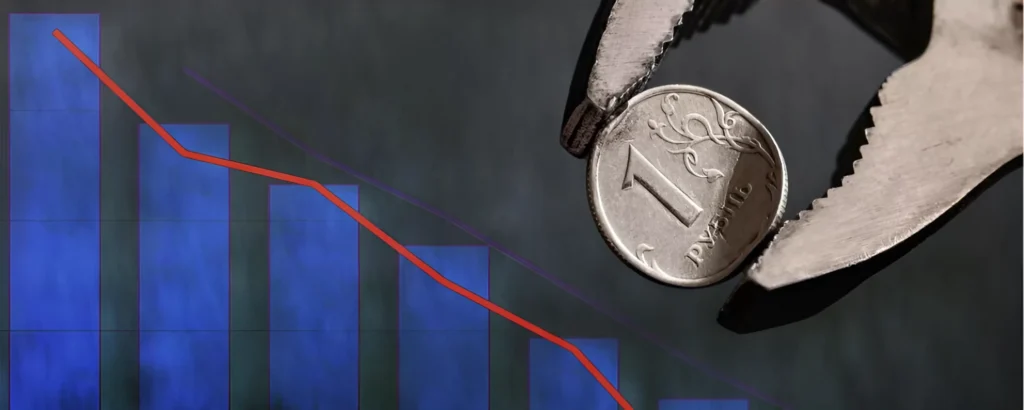While small in size, microcap companies harbor massive potential for growth…and risk. In these smallest of publicly traded stocks lies the chance for market-beating gains, but also perils that can sink accounts. This article sheds light on the microcap universe, from its inhabitants to the forces shaping their shares.
What Are Microcap Stocks?
Microcap stocks, as the name suggests, refer to very small publicly traded companies that have a market capitalization of under $300 million. The term “microcap” is used to describe this segment of small-cap stocks comprised of the smallest publicly traded companies. While microcaps have the potential for significant returns, they also tend to be more speculative investments and have more risk than larger-cap stocks due to their limited assets, revenues, and lack of analyst coverage. However, these risk factors also mean microcap stocks can offer attractive returns if one identifies promising companies.
Although microcap companies have greater potential for growth than large caps, their smaller size means they have less diversification and are more susceptible to failure. Additionally, low liquidity and lack of research make these securities harder to analyze. However, microcaps that manage to grow into larger companies can deliver substantial returns to early investors. Overall, microcap stocks represent high-risk, high-return opportunities for investors willing to do diligent research to find the next small companies poised for breakthrough growth.
What Industries Are Microcap Stocks Found In?

Microcap companies can exist in virtually any industry sector, however they are particularly prevalent in certain segments. Many microcaps are found in speculative industries like biotechnology and pharmaceuticals where they pursue innovative drug and medical technology development. Demand for niche treatments ensures high-risk/high-reward opportunities.
Technology is another industry replete with microcap stocks as startup companies commercialize nascent software, hardware, artificial intelligence, blockchain, and internet concepts. Resource exploration companies operating on the brink of a major discovery in fields like mining, oil/gas, and alternative energies also assume microcap sizes frequently. Other common sectors include specialized industrials, business services, agriculture, energy/environmental services, and leisure/entertainment segments pursuing innovations unviable at larger scales. Overall, entrepreneurs driving disruptions naturally begin micro.
What Drives Microcap Stock Prices?
Microcap stocks exhibit high sensitivity to company-specific events and market sentiment shifts versus macroeconomic factors predominantly impacting larger caps. Successful clinical trial results, product launch milestones, licensing deals, and commercialization progress can create substantial share price surges in the speculative biotech arena. Technology microcaps flourish on patent approvals, beta testing achievements, and viral user adoption spikes.
Resource find announcements multiply shares exponentially on probability alterations. Generally, microcaps thrive on transformational developments substantiating disruption theses. However, negative pipeline news, financing difficulties, regulatory delays, and management turnover likewise prompt severe drawdowns as their impact questions viability. Since microcaps get noticed through promotional activity, buying begets more buying and selling begets more selling quickly. Overall, stockholder bases remain shallow, accentuating volatility.
How Do Investors Gain Exposure to Microcap Stocks?
Limited liquidity renders direct holdings of many microcap securities impractical since trading even small dollar amounts actively impact prices. However, passive index fund and ETF routes attain diversified, buy-and-hold microcap exposure with recurring investments. Various microcap-focused ETFs provide basket access covering broad or specialized market slices. Broader Russell Microcap Index trackers include AVUS, IWM, and symbols targeting biotechs.
Active fund managers combing over tiny entities also concentrate portfolios in the most promising microcaps. Brokers maintain “over-the-counter” pink sheet listings of many microcaps permitting client trades. Some angel and venture capital networks pair accredited investors directly with startups. Overall, combining both passive and active entry points balances capital preservation versus maximum upside participation as microcap companies’ futures crystallize.
What Risks Do Microcap Stocks Pose To Investors?

The higher risks associated with microcap stocks include greater volatility, liquidity issues, information asymmetry, and management risks. Given microcaps’ small size, even minor good or bad news can cause disproportionate price swings increasing volatility. Thin trading volumes also make these stocks more susceptible to manipulation. Liquidity dries up fast during selloffs, leaving investors stuck potentially above fair values.
Information asymmetry further complicates analysis as management teams alone understand intricate product development, partnerships, and regulatory hurdles microcaps face. Over-optimism further clouds objectivity. Inexperienced leadership frequently leads to microcap failures. Accounting issues also plague segments reliant on recurring investment or unproven technologies to reach commercialization. Lastly, pumps and dumps remain rife in less regulated OTC listings lacking governance standards investors take for granted among larger companies.
How Can Investors Mitigate Microcap Stock Risk?
Mitigation centers on diversification, diligence, investment horizons, and buy-points adjusted for risk tolerance. Dedicated microcap exposure diversifies the total portfolio impact of any single failure. Concentrating uncommitted capital solely on these risky stocks avoids lifestyle disruptions from fluctuations. Rigorous fundamental analysis verifies demonstrated sales or clinical progress substantiating lofty potential prioritization in portfolios.
Monitoring regulatory filings detects misleading reporting early while financial audits validate balance sheet health. Limiting holdings to established management teams betters outcomes versus startups. Patience allows compounding gains from high-quality names as catalysts materialize over years rather than obsessing over price swings. Dollar-cost averaging entry points down mitigates overpaying single prices, lowering overall costs in successful names. Setting disciplined loss limits ensures redeploying capital to opportunities whereas holding failures sinks more money rat holes.
Conclusion | Microcap Stocks
Microcap stocks offer arguably the greatest risk-reward proposition among publicly traded securities. Their inherent illiquidity, information opacity, and concentration risks demand diligently diversified, fundamentally rigorous portfolio approaches emphasizing risk management above returns. However, identifying microcap growth champions early unlocks substantial upside potential as their small sizes magnify percentage gains exponentially climbing market capitalization ladders.













